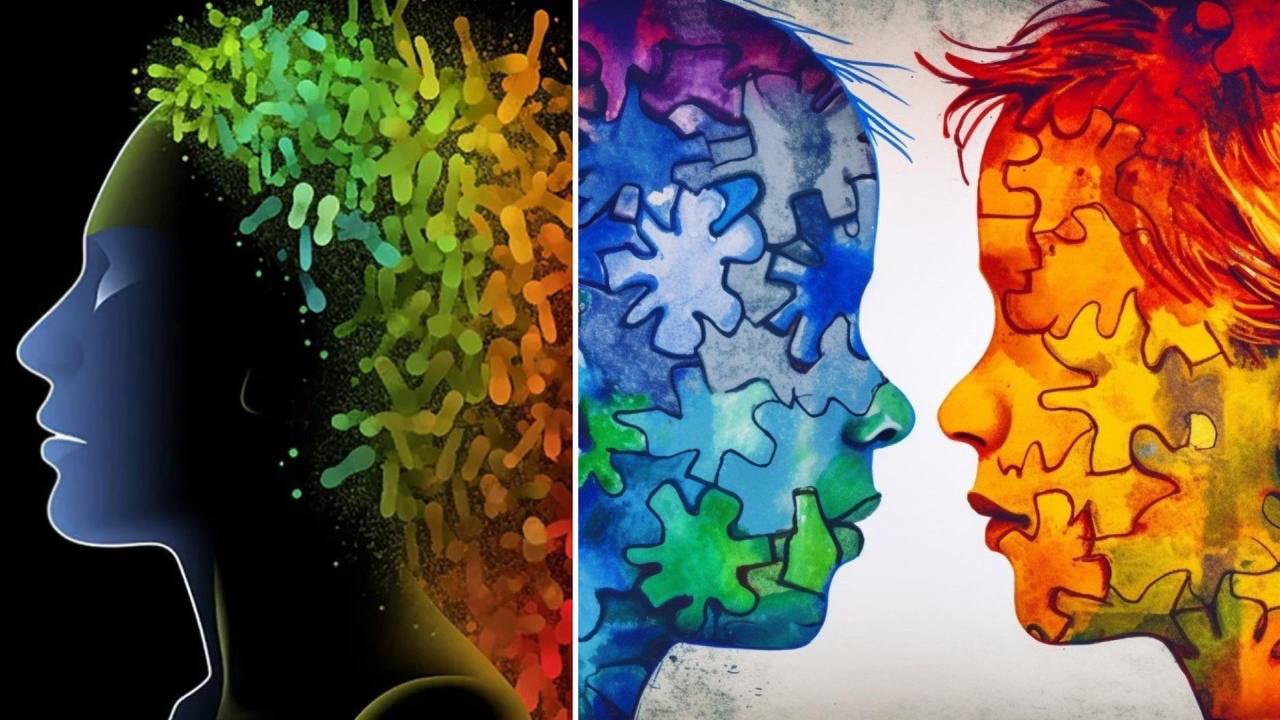Colors are far more than a visual cue—they fundamentally affect the way we experience our surroundings and, not least, the way we feel in them. From the earliest civilizations to modern interiors, color has been used as a tool to evoke certain feelings, create mood, and even to heal. By discovering the history and science of color psychology, you can unlock its power to design a home that truly reflects your emotional needs and lifestyle.
A History of Color and Mood
Color and mood have a long history as a connection. Egyptians and Greeks, for instance, in ancient times, were aware of the power that certain colors had over the human mind. Colors used in early religious rituals were believed to have healing properties and the power to invoke a specific emotion or energy. Though they lacked the contemporary scientific insight into light waves and color that we enjoy today, these civilizations instinctively applied color as therapy, believing the appropriate hue would harmonize body and soul.
The Age of Reason advanced our understanding further in discovering the function of color. Scientific developments began to enlighten us to the reality that color is merely the product of light waves on the eye. However, even as the scientific process started to unravel the science of color, people continued to investigate its healing properties. In 1810, Johann Wolfgang von Goethe’s groundbreaking book, The Theory of Colors, combined art and science, proposing that colors could stimulate profound emotional reactions. Goethe’s theories opened the door to the contemporary study of color psychology and its use in daily life.
What is Color Psychology?
Today, the study of how color affects mood and behavior is known as color psychology. This field of study looks at the relationship between our responses to different colors and our overall mental and emotional health. Marketers have already been tapping the power of color to change people’s behavior for decades, and educators, therapists, and interior designers apply these principles to create environments that foster health and productivity.
For example, the calming effect of blue is highly documented—there is little wonder that the majority of healthcare facilities and bedrooms employ blue hues to stress-reduce and induce a sense of calm. Similarly, while greens also induce a sense of harmony with the great outdoors and can be restorative in nature, they are most suited for bedrooms intended for relaxation or recovery. Color psychology isn’t merely a matter of appearance; color psychology is a science-backed way of designing for your emotional and psychological needs.
Using Color Psychology in Your Home
Knowing the fundamentals of how color impacts mood, you can now begin to use these concepts in various rooms in your home and develop spaces that not only look nice but are also harmonious to their intended purpose.
1. Bedrooms: Sanctuary of Peace
Your bedroom should be a haven where you unwind after a long day. Recent studies have shown that blue and green hues are best at inducing a relaxing and calming atmosphere. Earth greens, which remind you of nature, paired with pale blues, can transform your bedroom into a restorative sanctuary. The calming interaction of the colors dispels tension and induces a calming atmosphere, which makes it easy to enjoy a good night’s sleep.
2. Study or Home Office: Enhance Creativity and Focus
To create a workspace that enhances productivity and creativity, include light purple or off-white tones. Light purple is generally linked with wisdom and serenity, gently inviting the space to be one where creative thinking and problem-solving prevail. When combined with sophisticated whites or creams, the room becomes both ageless and motivating. This color combination not only improves your concentration but also creates a calming background for deep intellectual work.
3. Living Room: Balance Energy with Comfort
The living room usually is the gathering place in a home where upbeat conversation and simple gatherings take place. Here the need is to balance energizing and calming factors. Green hues, especially balancing shades of green and reds (or perhaps soft pinks), can aid in a relaxed space that welcomes conversation but keeps the energy from entering. The right combination of these colors can turn your living room into both a center of vibrant social life and a warm retreat.
4. Kitchen and Dining Spaces: Stimulate Appetite and Togetherness
Kitchens and dining rooms are complemented by warm, inviting colors. Yellow and orange tones have been found to stimulate appetite and cause feelings of happiness and energy. Employed wisely, these colors can transform your cooking space into a warm, inviting room that encourages family meals and lively meals.
Bringing It All Together
By taking great care in understanding the emotional and psychological effects of various colors, it’s possible to employ color to dramatically enhance your environment for daily life. If you’re looking to establish a peaceful sanctuary, an efficient workplace, or a vibrant meeting place, there’s a color scheme that will suit your goal.
The color psychology rules give you a fascinating mix of science and art, allowing you to tailor the interior of your house to fit your very specific needs and tastes. Using this approach can create a more comfortable place to live where every room positively affects your mood and your well-being. Next time you pick a color for painting, remember—it’s not just about appearance; it’s about creating a space that will nurture and enrich your life.
